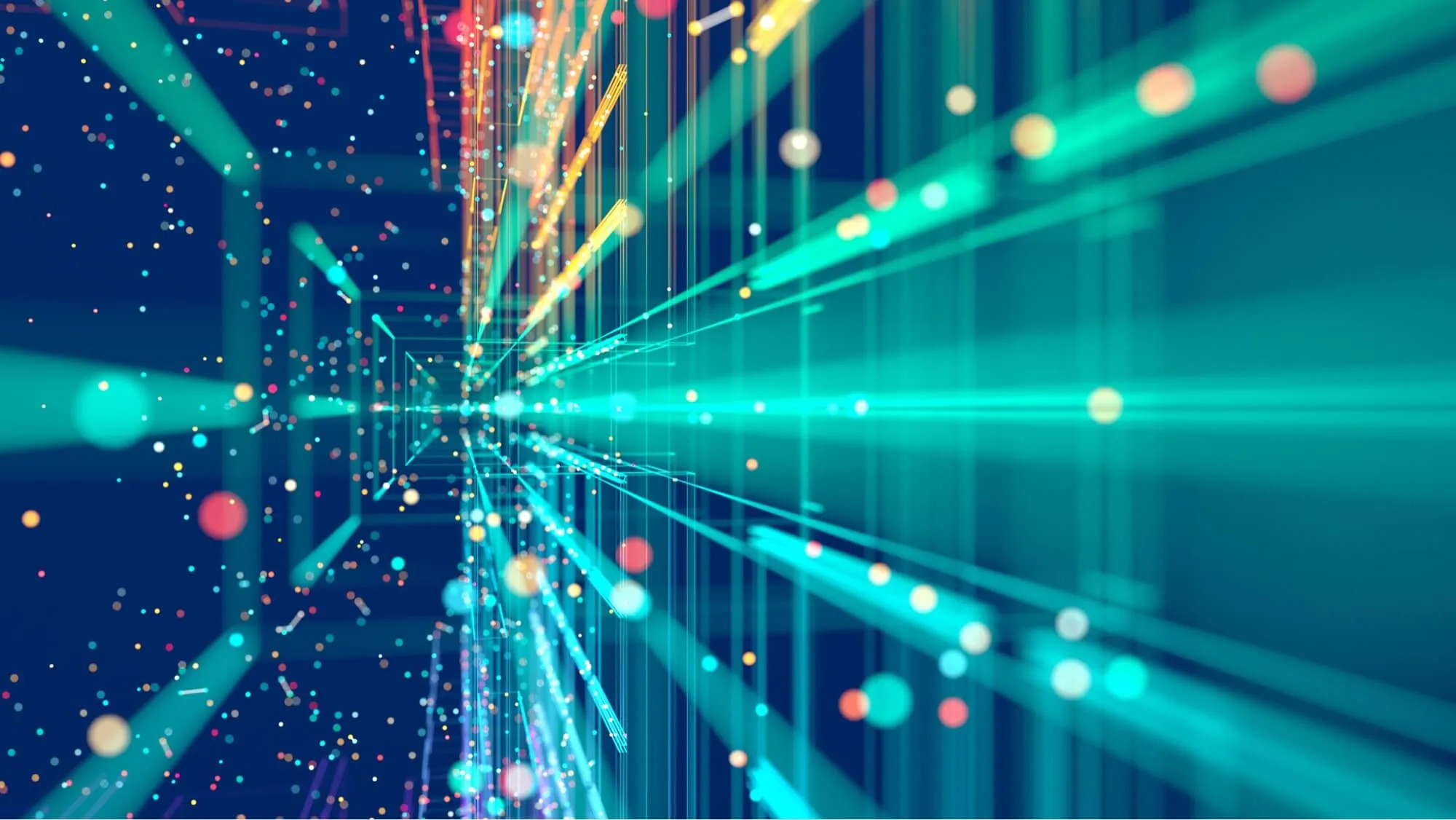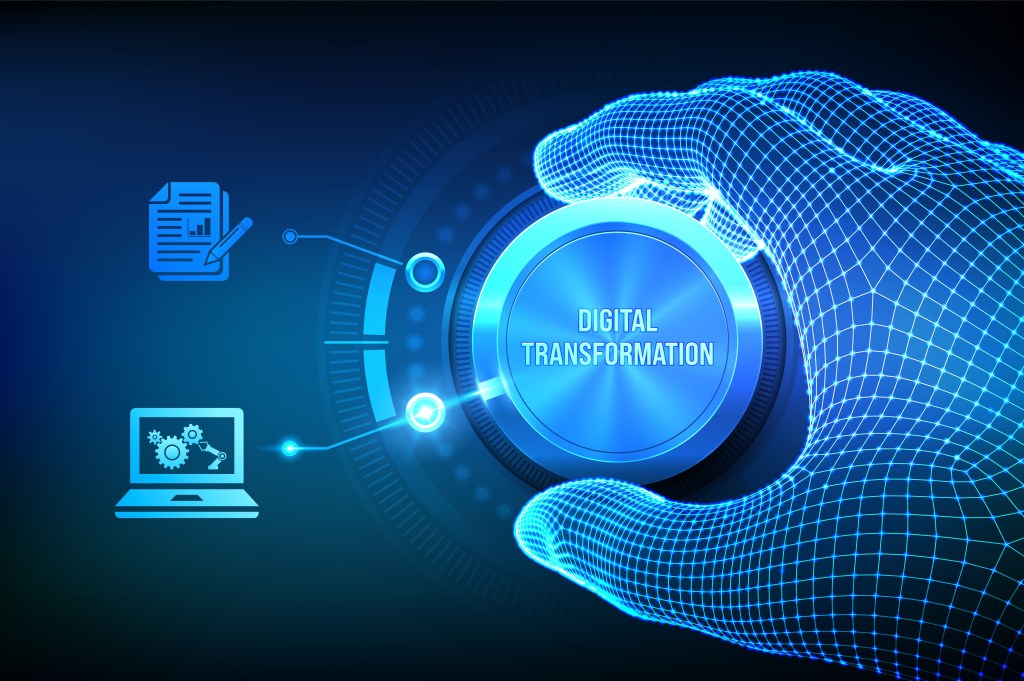
Digital Transformation in the Classroom: Gisma’s Approach to Modern Education
In an era where digital learning has become an important facet of education, the traditional classroom is evolving at an unprecedented pace. The days of chalkboards and handwritten assignments are swiftly giving way to interactive smartboards and cloud-based learning platforms. Among this transformation, educational institutions are racing to redefine the essence of modern education.
We are starting to step into a new era of education where technology meets pedagogy and innovation is at the very centre. These changes delve into the crux of Gisma’s pioneering approach to education, where the fusion of cutting-edge technology and dynamic teaching methods redefines the future of learning.
This blog post will navigate the realm of ICT teaching and explore how Gisma integrates technology into the classroom to inspire, engage, and empower the learners of today.

What is digital transformation in the classroom?
Digital transformation in the classroom represents a fundamental shift in the way education is conceived, delivered, and experienced. It’s a revolutionary process that harnesses the power of technology to enhance learning outcomes, empower educators, and inspire students. In essence, it’s about more than just replacing textbooks with tablets; it’s an entirely new approach that has created the invention of the smart classroom that reimagines the entire educational ecosystem.
At Gisma, digital transformation in the classroom goes beyond the integration of technology. It’s a philosophy that embraces innovation, adapts to the ever-changing needs of the modern world, and prepares students for the challenges of the future.
This transformation to using new classroom technologies fosters collaborative learning, enables personalised education pathways, and transcends geographical boundaries to connect students and resources worldwide.
What are the challenges of digital transformation in education?
While digital transformation in education holds immense promise, it is not without its challenges. The rapid integration of technology into the modern methodology of teaching presents hurdles that institutions and educators must navigate effectively.
One significant challenge is ensuring equitable access to technology and digital resources, bridging the digital divide that can leave some students at a disadvantage. Moreover, the effective use of technology in teaching requires training and professional development for educators. Adapting to new tools and methodologies demands a supportive environment for both teachers and students.
Security and data privacy are paramount, as the digital landscape opens avenues for potential breaches and unauthorised access to sensitive information. Maintaining a secure digital learning environment is also crucial.
Additionally, balancing the benefits of digital learning while preserving essential face-to-face interactions and hands-on experiences is another challenge. Creating and maintaining an equilibrium ensures that education remains holistic and well-rounded.
What are the key areas of digital transformation in education?
Digital transformation in education encompasses several key areas that collectively redefine the learning landscape. Take a look at the list below to understand some of these specifics.
- Curriculum enhancement: Digital tools and resources enhance the curriculum, offering interactive content, virtual labs, and simulations that bring lessons to life.
- Personalised learning: Technology enables tailored learning experiences, allowing students to progress at their own pace and according to their individual needs.
- Collaborative learning: Online platforms and tools facilitate collaboration among students and educators, fostering a sense of community and shared knowledge.
- Data-driven insights: Data analytics provide valuable insights into student performance, helping educators adapt their teaching strategies for better outcomes.
- Global reach: Digital education transcends geographical boundaries, connecting students and resources worldwide.
- Blended learning: A combination of online and in-person learning creates a balanced approach that leverages the benefits of both.
- Continuous learning: The integration of technology supports lifelong learning, allowing professionals to upskill and adapt to evolving industries.
What is Gisma’s approach to modern education?
Our approach to modern education is a blend of tradition and innovative teaching techniques, digital transformation and human connection.
We recognise that the future of education lies in fostering an environment where students, regardless of their location, can engage in meaningful, real-time interactions. It’s about harnessing the power of technology to facilitate personalised learning journeys, where students can explore, collaborate, and excel at their own pace.
Through cutting-edge technology and interactive platforms, we offer curriculum enhancements that keep students at the forefront of industry trends. Every one of our classrooms is equipped with high-tech cameras and sound technology, giving our students the opportunity to interact with each other from around the world in real-time.
Our data-driven approach ensures that every student’s progress is tracked and supported. We extend our global reach, providing access to a diverse community of learners and experts.
Gisma’s approach to modern education also emphasises the importance of a blended learning model, “hyflex” (hybrid flexible), combining online flexibility with face-to-face connections. Every classroom contains both physically present and virtual students joining us from around the world suited to enable a seamless interaction between the physical classroom and virtual classroom.
Gisma has several courses to offer those interested in overcoming challenges in the business world today. Check out the MSc Business Management course, the MSc Leadership for Digital Transformation course, or the BSc Data Science, AI, and Digital Business programme where students can thrive in a balanced learning environment where technology is at the forefront of their learning.
Click here to learn more.